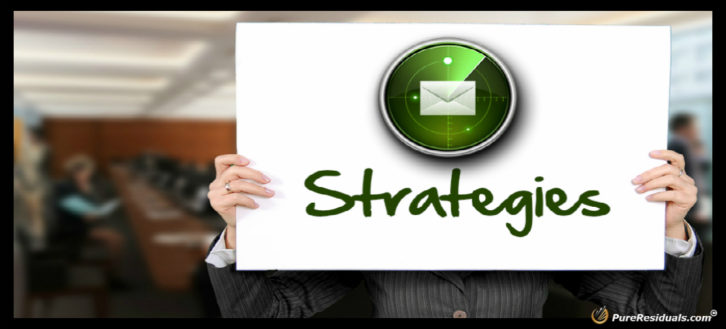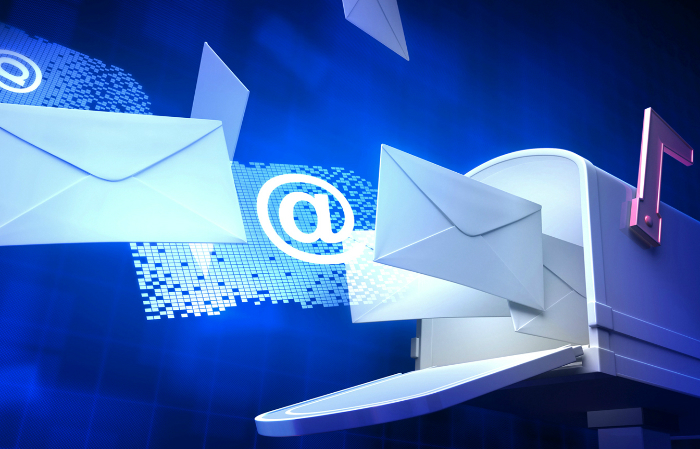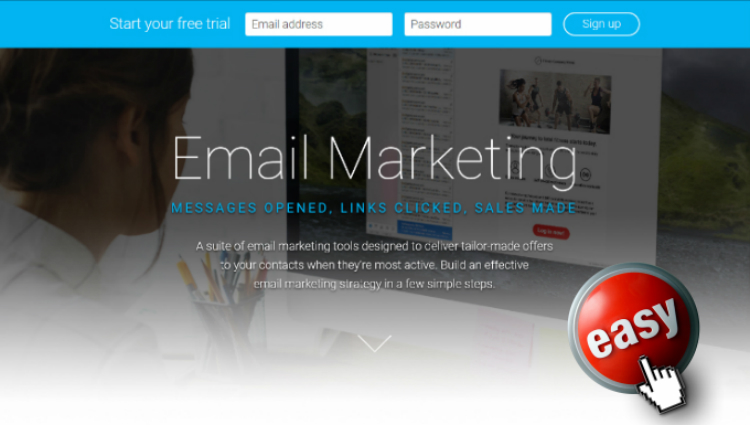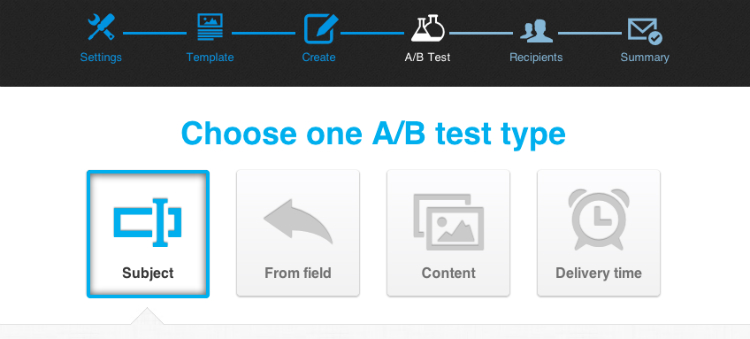The Best Email Marketing Strategies
Email marketing is incredibly effective, as it allows you to build up a relationship with clients over a longer period of time. Done well, it can keep established customers coming back and help build relationships with new ones. Of course, in that case, you do have to actually do it right and that isn’t always easy.
For that reason, let’s look at some of the more effective ideas out there, so that you can understand what does and doesn’t work. In that way, you can avoid making all those common mistakes people starting out often make and can hit the ground running.
Sign up for other marketing emails
Specifically those of your competitors. This can let you see what they’re doing correctly, as well as what doesn’t work. The best way to use these emails is with a pen and paper beside you. Then, as you consider the email, jot down what your initial reactions are. These can often be helpful in letting you understand what does and does not work.
What you’ll want to pay specific attention to is the subject line as well as the first few sentences. Those are the most important, as those are where the most eyes will land and if you don’t pull them in there, then you never will. Another place to pay attention is their call to action or the one thing that the email is trying to get you to do. This might be following a promotional link or go to some specific page.
Then, armed with those ideas, you can start writing up your own emails.
The benefit
If you want to pull people into your marketing list, then you’ll have to give them a reason to sign up. The most common way to do this is to offer them something. This can be a free consultation, an eBook or some other form of the download. You can even give them a part of a product for free. This can both be effective as a strategy to add them to your list as it can be an effective strategy to sell your product.
Consider carefully what you want to give people and if the signup rate isn’t that high, don’t be afraid to offer them something else. Just be sure that when you do offer something new, you also offer it to the people who are already on your list, so that they don’t feel that you’re neglecting them as you’re chasing new customers. After all, established customers are worth far more money than new ones. So keep them happy.
Make the signup form easy
People don’t go to your page in order to sign up for your newsletter. Instead, it is something they do when they find themselves there, as a result of your arguments, they like the color of your design or just because they happen to be in a good mood when you ask them.
For that reason, make sure that your newsletter can be signed up on a whim. That means it has to be easy to find and that it does not ask for a ten thousand and one pieces of information. Ask for the bare essentials. You can always send follow-up emails that ask for more information if that’s what you need. Sure, not all of them will give it. But somebody that signs up without giving you all the information you need is still better than a person that does not sign up at all.
Standardize your template
We like things that we know. For this reason, it’s generally a good idea to stick with a format that you develop early on so that your customers know what they’re in for and where to look for whatever information you’re providing.
Of course, that will only work well if you’ve actually got a good template. For that reason, when you’ve designed a template ask around about it. Get people to give you feedback. Perhaps even have some people offer you feedback. There are a couple of ways to do this. You can create a survey, for example, or simply ask some people to sit down and verbalize their experiences as they go through it.
Just remember that just because one person does not like something doesn’t mean it’s necessarily bad. Make sure that you hear one complaint several times from different people before you decide that it is indeed a problem you need to address.
High-quality content
If the people on your list open an email does not just depend on how enticing the subject line is. It also depends on how well they trust the content you’re sending out. If they’ve opened your email a couple of times and been disappointed, they’ll soon learn to not do so again – no matter how interesting what you’ve got to say is.
For that reason, make sure that you’ve actually got something worth saying. That means offering them discounts, promotions or information they really want to have about your brand. It also means that you write interesting copy. Don’t be afraid to bring somebody who is professional at writing or rewriting papers. After all, with today’s gig economy that’s often a piece of cake.
Measure the results
The only way you’re going to improve your email marketing experience is if you constantly measure how effective your attempts are. Did you get more engagement this time or last time? How about purchases? These kinds of numbers will allow you to tweak your campaign to make it more effective. And in that way, you’ll be able to play into your customer’s needs as effectively as possible.
Also, learn to use the tools out there, like A/B Testing and similar analytical systems. These can give you a nuanced understanding you’d otherwise miss.
Use those measurements to get the right audience
Not all audiences are created equal. Some people sign up, get whatever freebie you’re offering and then unregister again. Others don’t just stay signed up to your email list, but also open the emails you send and click on the links you provide.
The thing is, you can figure out what kind of places attracts what kind of audience. Simply track where a group of people sign up and see how they interact with your newsletter to get an idea of what places are better for your newsletter than others and then work on cultivating more newsletter followers through that channel.
Remember the skimmers
Most of your audience will be skimmers. They will not read every word. They won’t even glance at every sentence. Make sure that your newsletter is designed with them in mind! There are a certain number of things that every newsletter should have:
- Subheadings: After being convinced to open your email based on your subject line, the headings are the primary guide that most skimmers will use to figure out what your newsletter is about. So make sure they’re in there! Try to give them clear titles as well. Sure, they can be a little artistic – but make sure people can actually understand what you’re going to talk about.
- Bolding, italicizing and underling: These are very useful techniques to help get across important points. In this way, you can draw attention to names, action points and important offers, so that people don’t miss them.
- Use bullet points: Like I’ve done here. These are much easier to consume than big blocks of text. That makes it far more likely that people will actually read what you’ve said.
- Short sentences: People’s attention spans are shrinking due to the constant barrage of attention grabbing inventions. It’s now so bad that even goldfish have a longer attention span than we do. To help people out, learn to write shorter sentences. Basically, the moment a sentence stretches over more than a line you should take it under the loop to see if it can’t be chopped in two. You’ll be surprised how often it can be.
Email Marketing Strategies: Last words
Email marketing is a fantastic tool to keep people who would otherwise drift away engaged with your brand and your product. For that reason, it’s very useful to do it right. That takes practice, trial, and error and being willing to learn from your mistakes. If you can do that than before you’ll know it, you’ll be an email marketing superstar.
Of course, that does mean that occasionally you’re going to fall on your nose. Don’t worry about that too much. It’s part of the learning process. The important thing is to not see every failure as a bad thing. Instead, they can get you a better grasp on what’s does and doesn’t work. And sometimes, knowing that for yourself instead of reading it somewhere can give you far more insight into the situation that you otherwise might have.
For that reason, I suggest you experiment with all the advice I’ve given here. Don’t get me wrong, it’s all good. Instead, it’s about understanding why it’s good. In that way, you’ll be able to truly apply them. And that is worth its weight in gold.
About the Author









